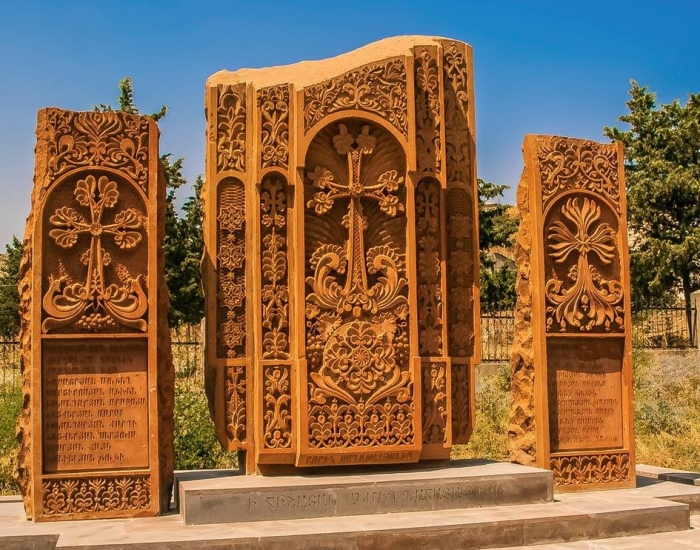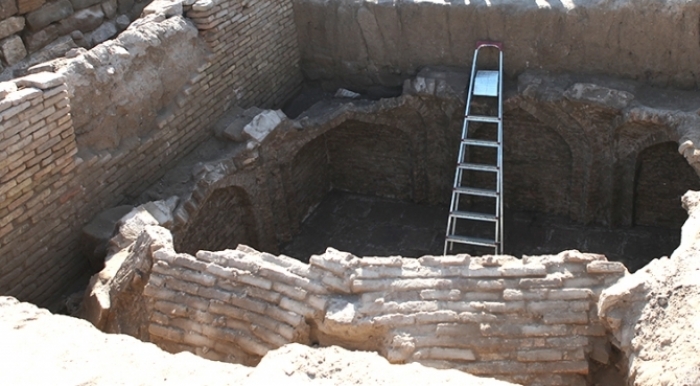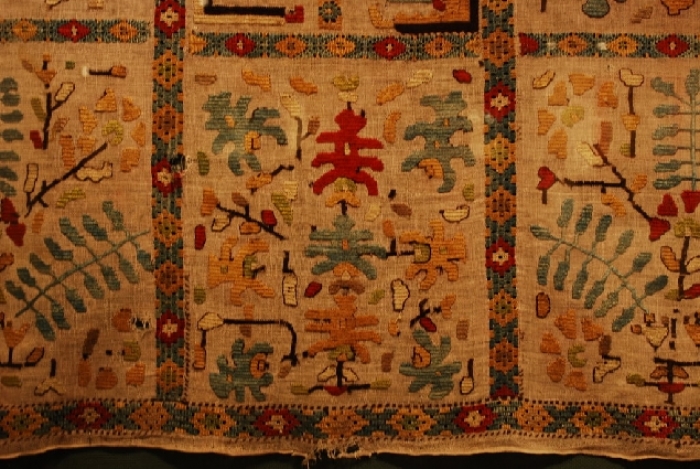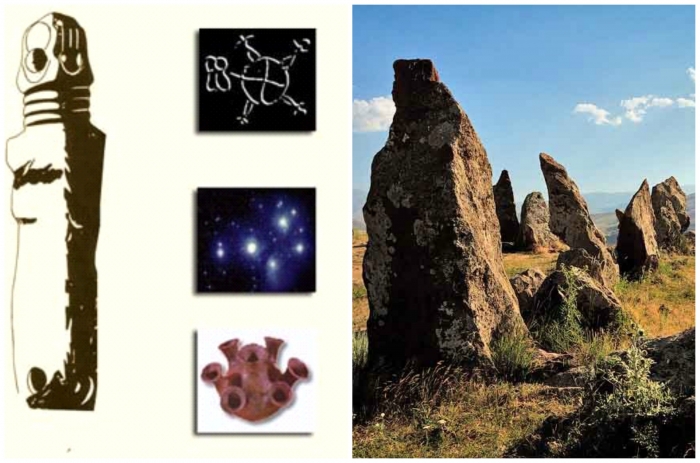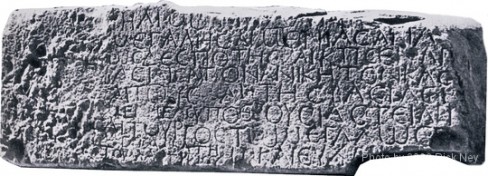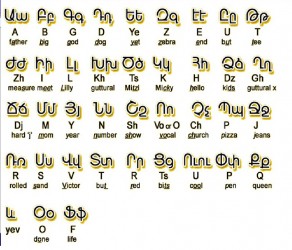Language and Script
Since alphabets are the primary tools of “fixing” a language, and given our present knowledge of the evolution of letters since their inception, we can only speculate about the beginnings of hieroglyphic and cuneiform scripts for keeping records of events, and later, the transition into using one symbol for each phonetic sound. We know very little about the beginnings and the evolution of Phoenician, Greek, Latin, or Aramaic characters, the prototypes of most modern scripts and languages.
By the turn of the 7th century BC, inhabitants of the Armenian plateau hadceased to use the cuneiform alphabet, which had been superseded by more flexible and functional alphabets, notably Aramaic (the official language by which Achaemenian Persia communicated with nearby peoples), which possessed its own script, as Greek had from the Hellenistic period.
In stark contrast, the creation of Armenian letters stands out as an illumination of at least one form of linguistic evolution. Not only the creation, but also the implementation of the Armenian alphabet on a relatively large scale for its time, remains a unique event in linguistic history. The creation of the alphabetical tools to “fix” Armenian is known in exceptional detail, including the circumstances of the birth of the letters and their subsequent impact on Armenian language and literature.
The Armenian alphabet was created in the 5th century CE by Saint Mesrop under influences from Greek (as reflected in the alphabetical order and the left-to-right direction of writing). The alphabet's original 36 letters were well suited for the Old Armenian language. Two additional letters, "o" and "fe", were added later during the late Middle Ages to write loan words, bringing the total number of letters to 38.



